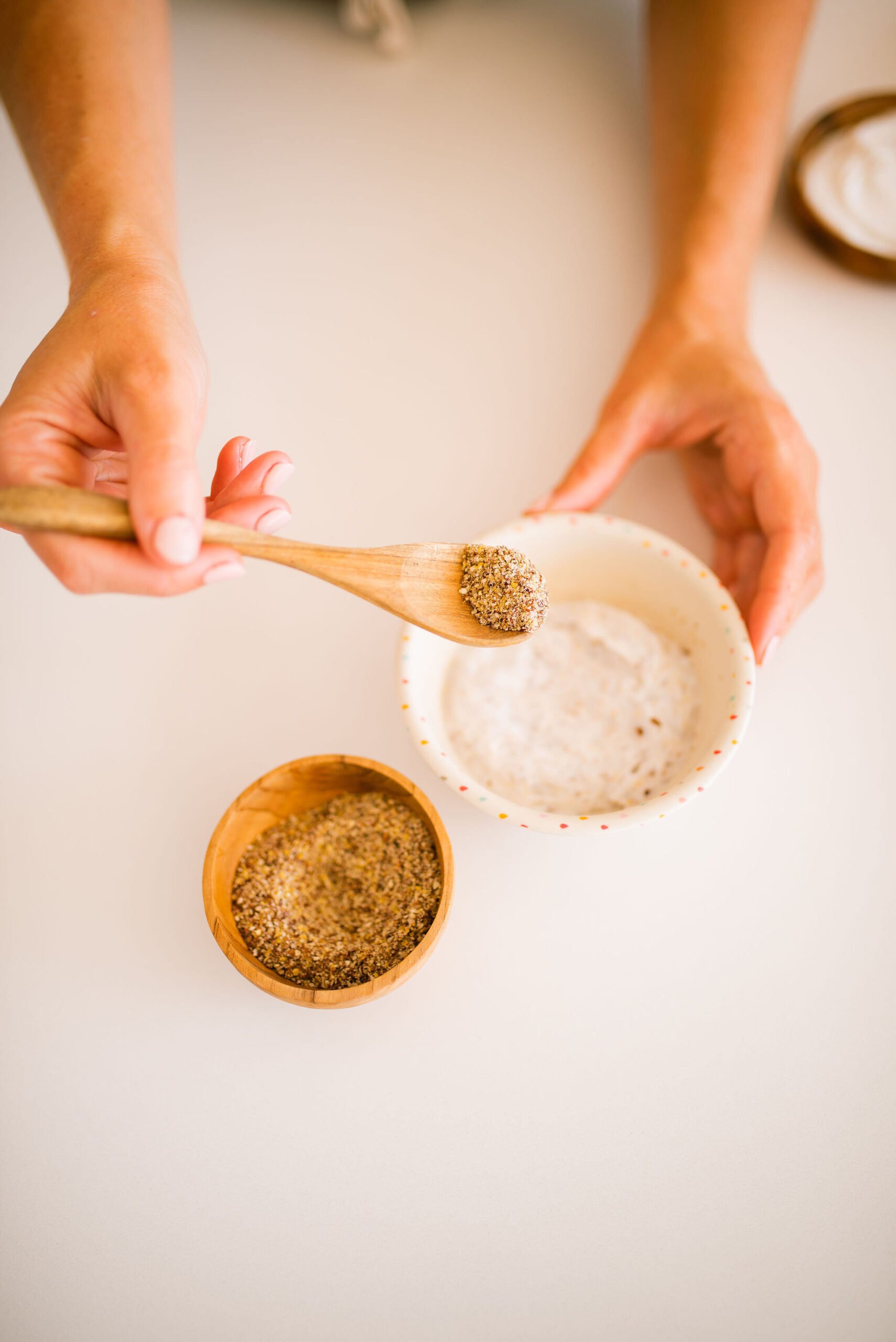Some forms of dairy can be very beneficial to incorporate in your baby’s diet, however, not all forms of dairy are tolerated equally by their delicate and maturing digestive systems.
I personally like to follow this step by step process, as it starts with the easiest forms of dairy to digest, and gradually the lactose is increased.
I do not believe everyone needs to consume dairy products to consume calcium, and it is personal choice if you choose to include it in your diets, however if you and your baby can tolerate dairy, it is a great source of protein, calcium and fat-soluble vitamins, probiotics, some B vitamins and iodine.
Many of you noticed my love of butter, and were confused because I do not promote cows milk in the same way. This is personal choice for our family – we consume full-fat ghee, butter and milk kefir, however we do not consume greek yoghurt or cows milk. The reason being is that both of my children are sensitive to greek yoghurt and cows milk – they tolerate kefir and butter fine, but get diarrhoea when they consume any more lactose. My husband gets increased mucous/discomfort if he has cows milk. So for our family, we choose to avoid those foods!
Those who are lactose intolerant or sensitive, either cannot digest or have trouble digesting lactose, which is the main carb in milk. Foods like butter are very low in lactose, so generally they can tolerate these foods! Lactose sensitivities can be worked through with some specific gut support, which is something that I deal with in my consultations. It is important to consult with a nutritionist/naturopath if you do believe your baby has a sensitivity, so that we can not only identify and remove (for a period) the trigger food, but also provide options to meet your baby’s calcium needs and in the meantime work on strengthening and re-diversifying the gut bacteria so that we can work on reintroduction of that food.
If your baby has a cows milk allergy (CMPA) they are allergic to the proteins in cows milk, and you should avoid all forms of dairy unless under guidance from your allergist.
Try and source your dairy from pasture-raised (grass-fed) cows, as the fat-soluble vitamins will be much higher! Organic is the next best option. If you can, the best is organic AND pasture-raised!










+ show comments
- Hide Comments
add a comment